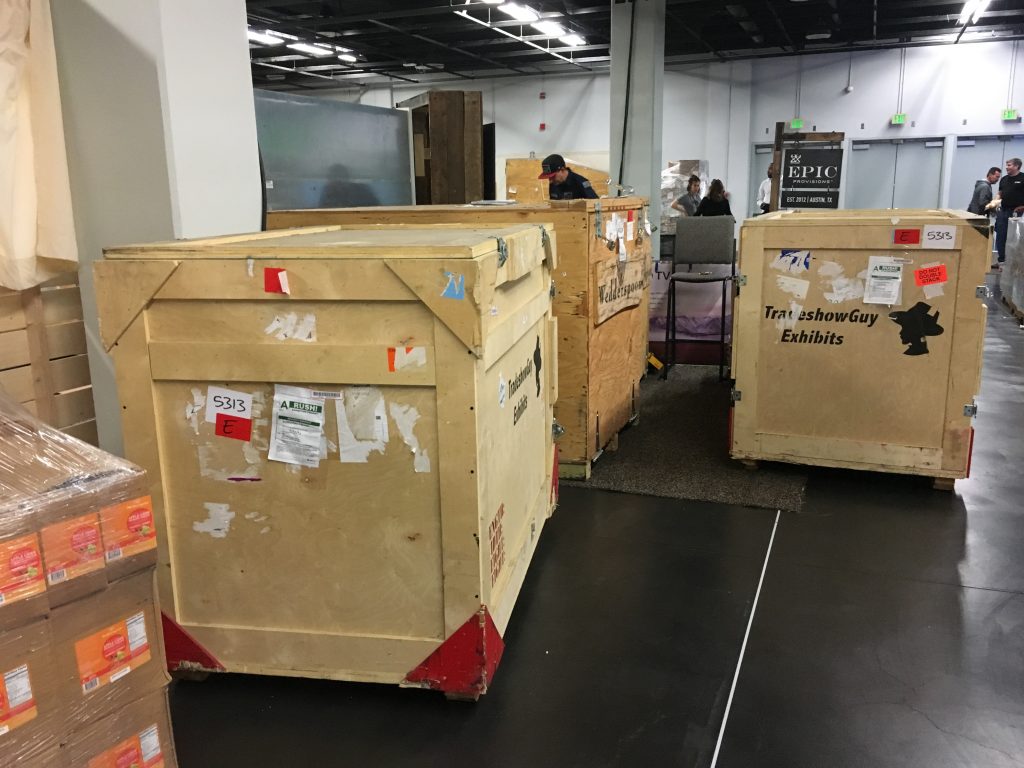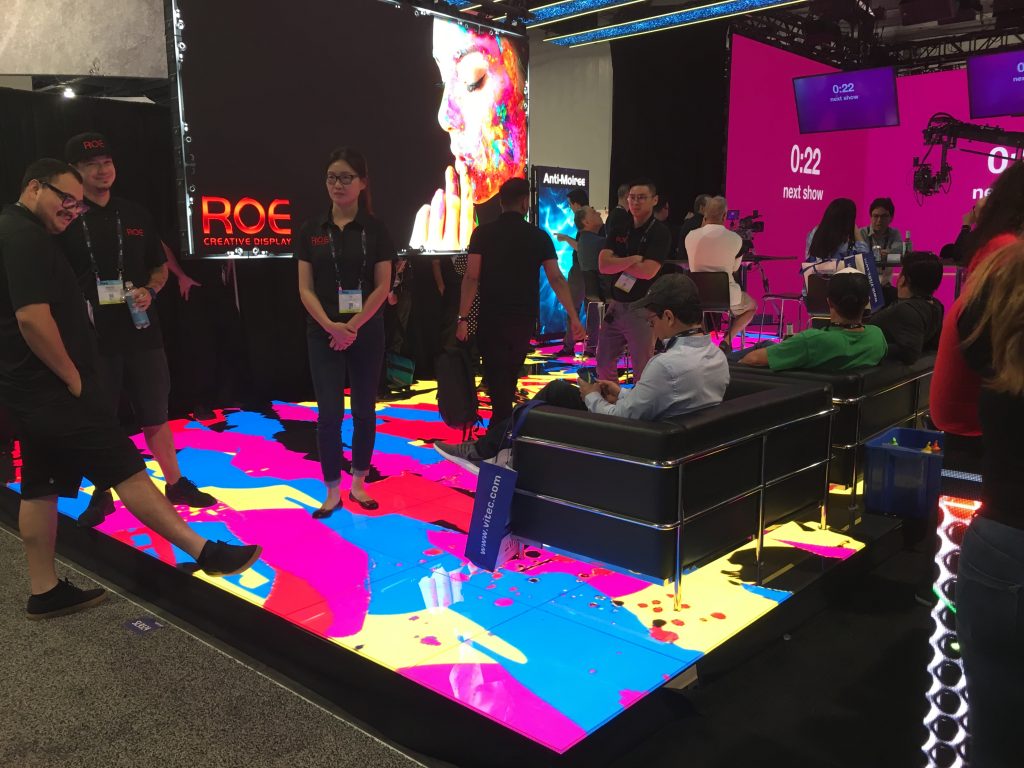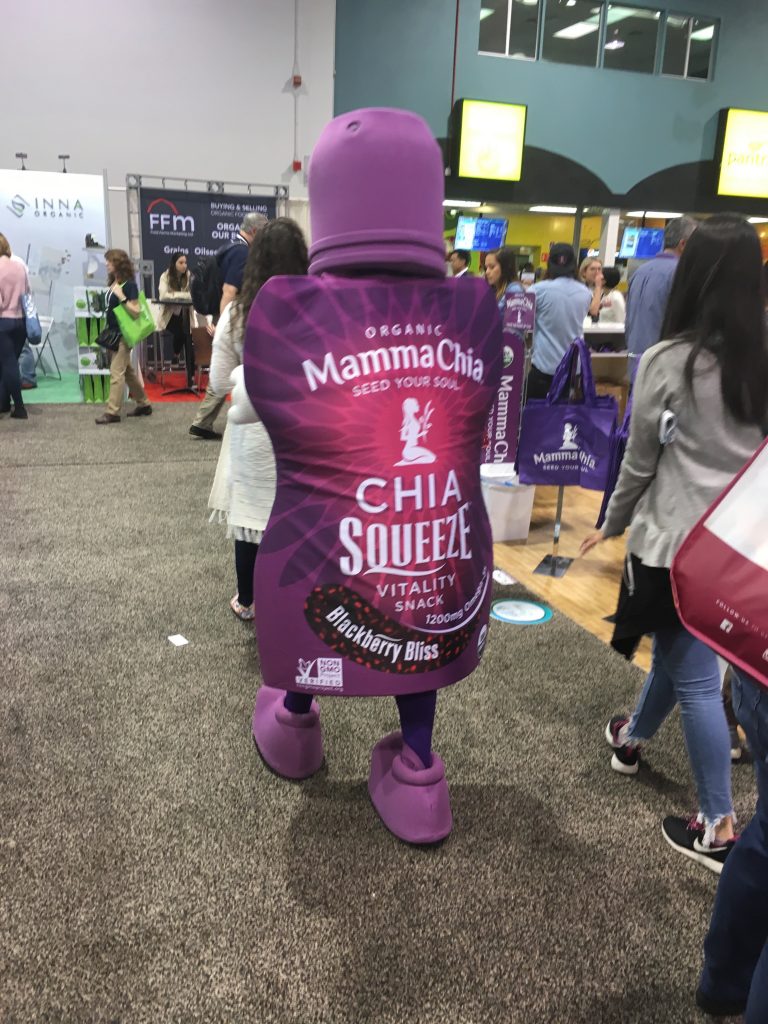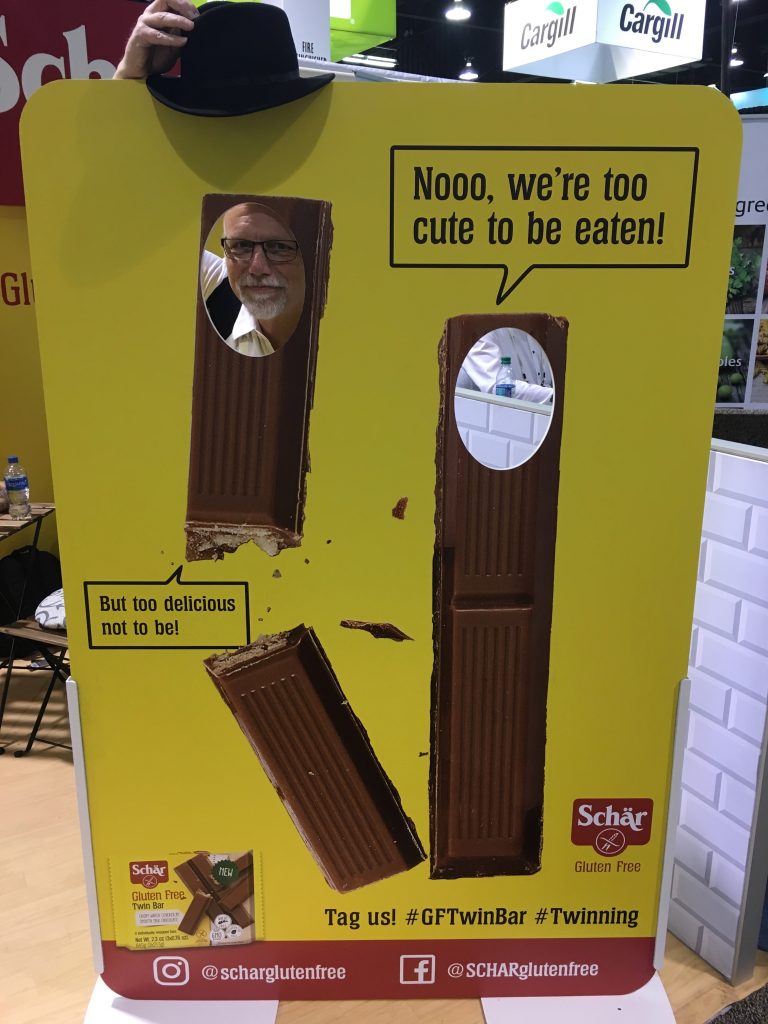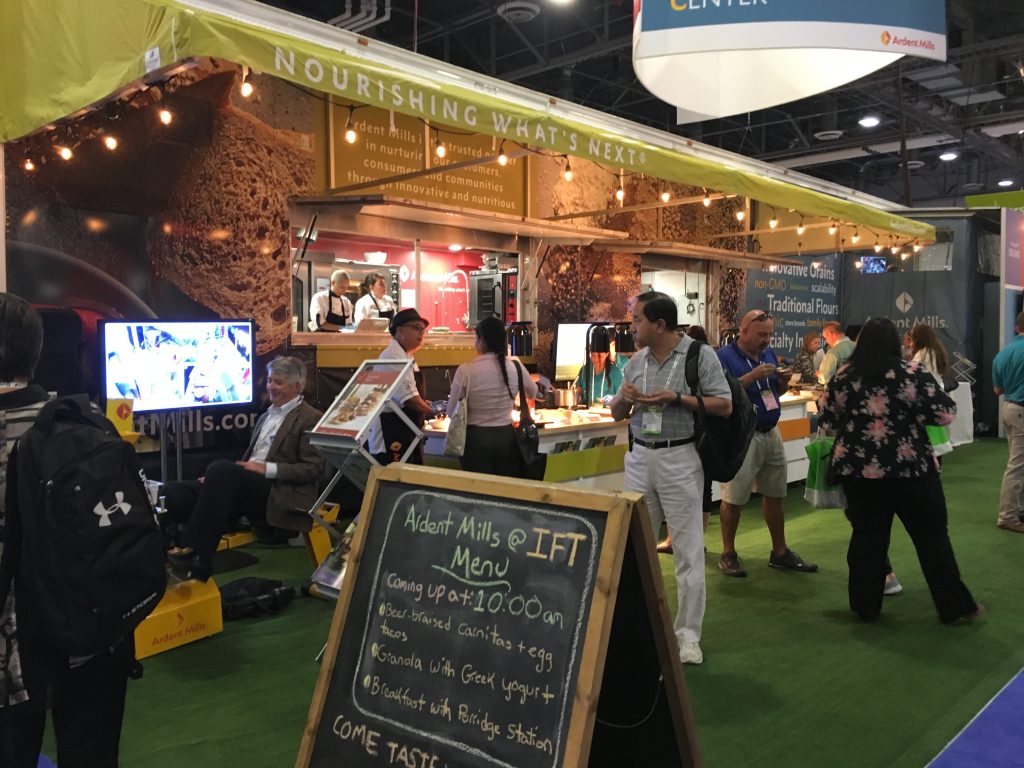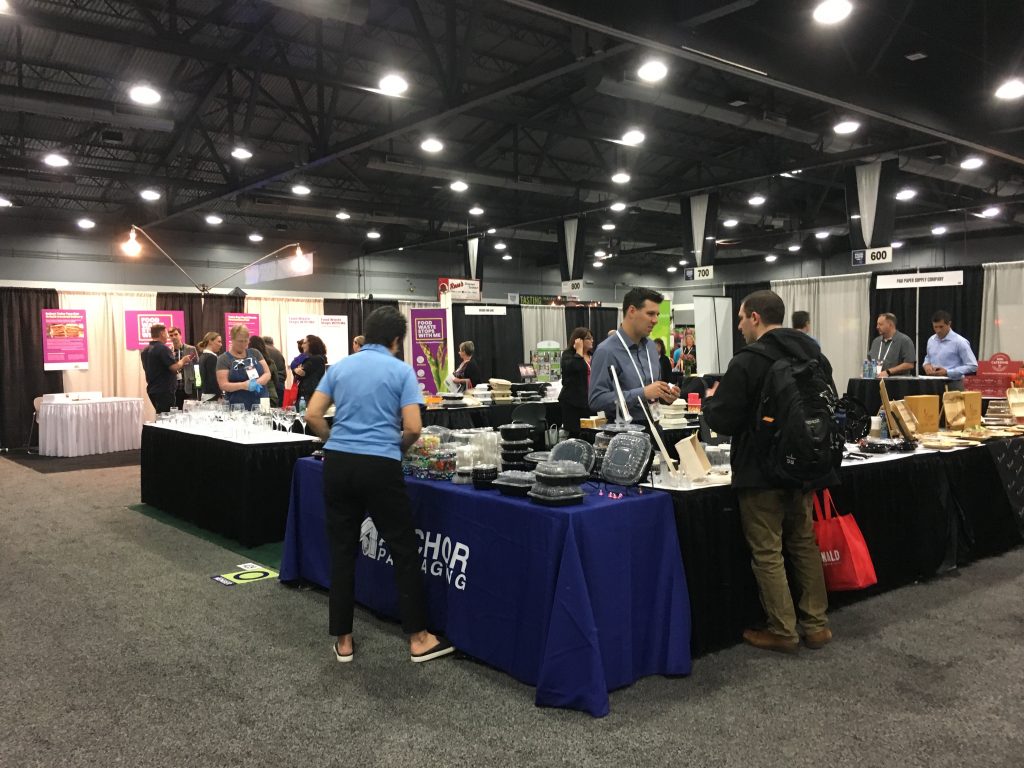How do You Stand Out in a Crowd?
Back from Thanksgiving week, a nice few days away from work. Sit down at the computer Monday morning.
Hundreds of emails piled up in my in-box. 785 to be precise. Lots of them with pitches on Black Friday and Cyber Monday. I mean, a ton of pitches.
Delete them all: delete, delete, delete. Don’t bother to read them. They do nothing for me.
On a few, I decide to unsubscribe. But that takes longer. And with most of the newsletters I unsubscribe from, I feel like they keep sending me stuff. So what’s a guy to do?
It’s obvious that none of those emails stood out. They did nothing for me (I think I said that already). I’m not looking for any Black Friday or Cyber Monday deals, I have work to do. I’m not looking for Christmas presents for anyone, or to save money on things that I probably would not buy at any point. I’m busy and want to get these off of my to-do list as soon as possible, which means I’m scanning quickly and deleting almost everything once I determine it’s not a client, or a potential client.
I’m not their target market.
Email is one thing. Let’s move from email to other venues, such as retail, or online ads, or, hey, tradeshows!
When people walk by your retail store in a shopping mall, are you doing anything to stand out?
When you advertise online, what makes your ad stand out?
When people walk by your tradeshow booth, are you doing anything to stand out in a crowd?
It’s easy to ignore and delete an email. It’s easy to walk by a retail store without stopping. It’s a piece of cake to ignore ads on your screen.
It’s pretty easy to walk by a tradeshow booth, too, unless something really outstanding is going on at the booth. Maybe it’s a unique booth. Maybe it’s a presentation that draws you in, entertains you and informs you of the company’s products and services. Maybe it’s a unique food sample. Could be anything.
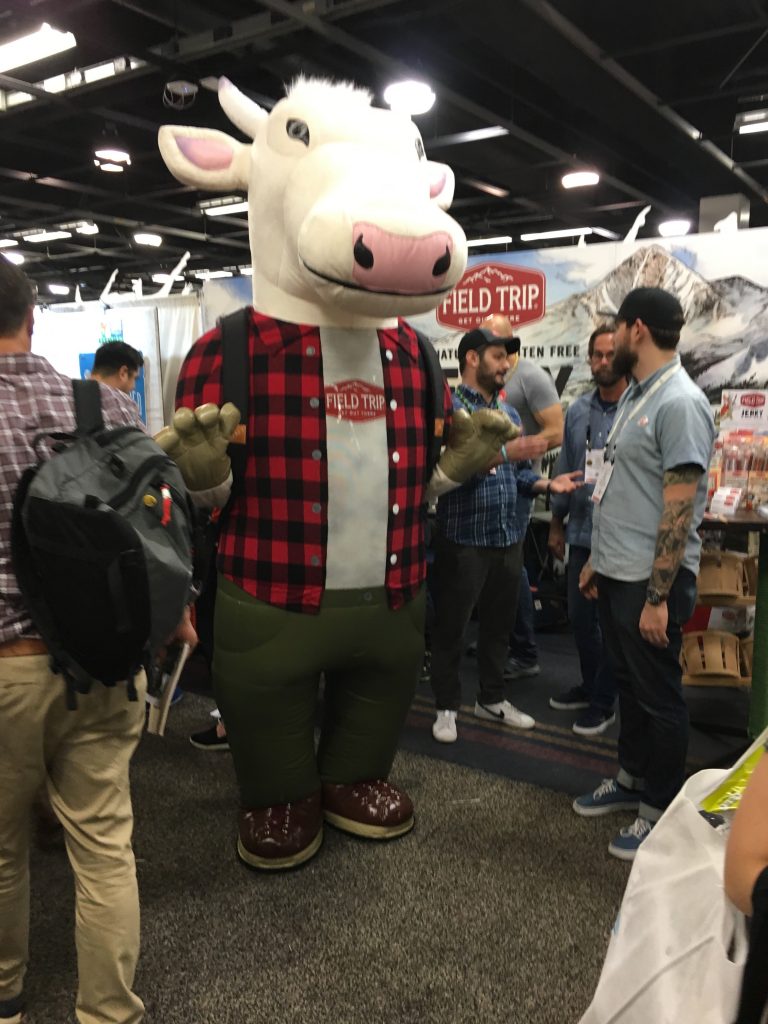
Tradeshows have a distinct advantage over emails, and here’s why: emails go out to people who have (supposedly) opted-in to a company’s pitches. But over time, it’s not uncommon for that company – which is often owned by another entity – to share that email address with another company, and soon you’re getting pitches from (somewhat) related companies or products or services. Has that happened to you? Happens all the time to me.
The difference that tradeshows have is that you have spent handsomely to be at the show. But the show is targeted, the audience is specialized. The people walking the show floor have also paid to be there, and they are usually there for specific reasons, the main one being that they are SHOPPING for something, and since you’re exhibiting there, chances are they’re SHOPPING FOR SOMETHING YOU ARE SELLING.
Still, you have to stand out in a crowd. Tradeshows have a lot of competition. Your biggest and best competitors are doing all they can to make their best pitch to the same people you’re pitching. That’s the name of the game.
Which means that whatever you do, it had better be good. It had better be worth your time and money.
It had better be something that stands out in a crowd.

